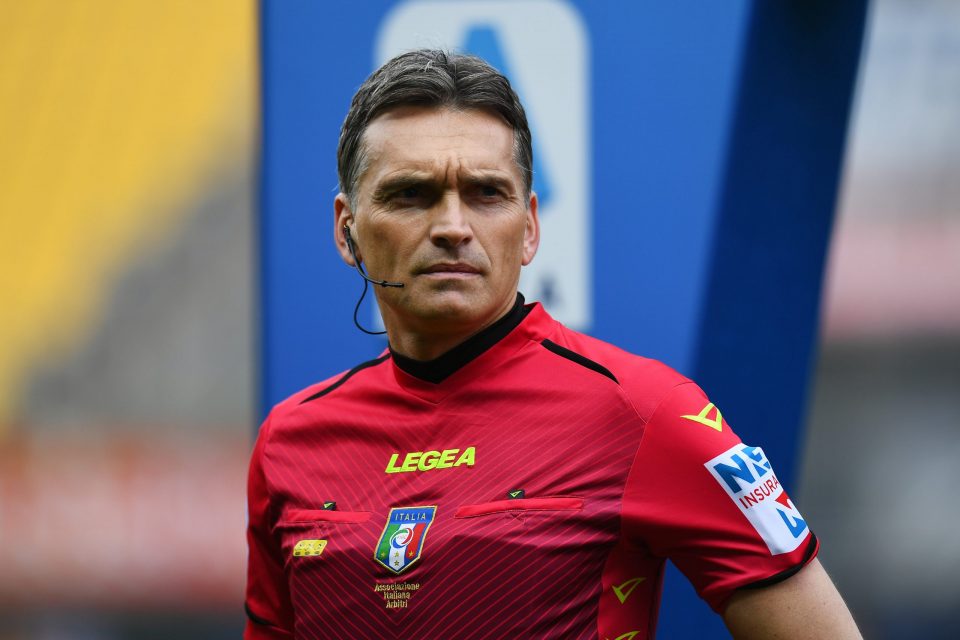Serie A referee Massimiliano Irrati has said talked about how the handball rules and penalty decisions will be applied in the new season, according to a report in the Italian print media.
Speaking during an interview with Tuttosport, the referee talked about a number of topics that often cause tension during football matches, particularly last season.
The first topic he discussed was handbells where he explained that not all contacts with the hand can be considered a handball.
“You have to understand the players’ right to move: they have to play with their feet and their head, but to do that you have to coordinate and to coordinate you have to move your arms.
“Some, however, sometimes use them improperly. There are cases in which it is the rules that say a touch of the hand is not punishable, such as a self-play: the footballer who makes a natural movement to return the ball and if he returns it on an arm cannot be punished.”
The next point that he discussed was penalties. He explained that the key element to most penalty decisions is working out if the attacker or the defender was the one inciting the contact between the two players.
“The first thing is to observe the attitude of attacker and defender, focusing first of all on the defender: does he make a movement towards the attacker? Does he generate the contact?
“In this case we start from looking to award a penalty. If, on the contrary, it is the attacker who causes a certain contact, we are further away from punishing the defender.
“If the contact, also created by the defender, is minimal, it is a game contact, it is a touch, it does not create an impact on the attacker, it does not cause consequences, it should not be punished.”
Another contentious area is the denial of a goalscoring opportunity. He says that there are four things that must be considered before awarding a red card.
“The distance from the goal, the direction, the possession of the ball and the presence of other defenders. If only one is missing, the sanction will be a yellow card for stopping ‘a promising move’.”
When it comes to the offside rule, the hardest part is determining what is a deflection, and what is an attempt to play the ball.
“‘Play’ means a situation in which the defender is in control of the ball. By control is meant not only possession, the ball between the feet, but the ability to play it deliberately: the ball arrives from a certain distance, the defender is in full control of his body and does not have to make any slips or difficult interventions to play it, and therefore it is his mistake that causes it to reach the attacker.
“The concept hasn’t changed much, but IFAB has given specifications to make the assessment as objective as possible.”
The final topic is the Video Assistant Referee which Massimiliano Irrati says can not be used for every single situation in the game.
“It serves to eliminate errors in those situations that, shown to 100 people, they find them agreeing on the same assessment.
“In football, however, there are also situations that you can watch and watch again without finding an unambiguous solution: Var was not designed for these, because they cannot be made objective.”





